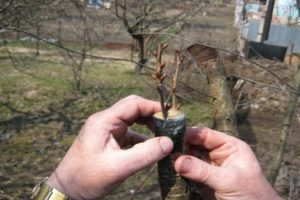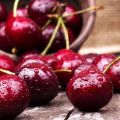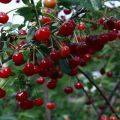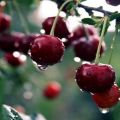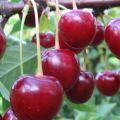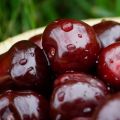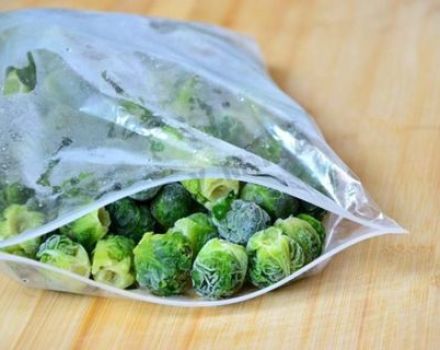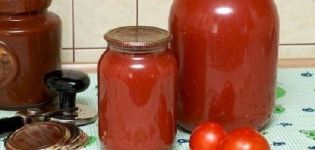Description and characteristics of the Vita cherry variety and its fruiting, growing rules and care
Cherry varieties Vita belongs to dwarf cherry tree varieties... Suitable for planting in small areas as it does not take up much space.
Description of the variety
The description of the Vita cherry variety is very important, because before buying a seedling, you need to make sure that the variety has been chosen successfully. The Vita hybrid belongs to dwarf cherry subspecies and does not exceed 2 m in height. The bush is small, the crown is medium thickened, not spreading. The yield is high, up to 10 kg of fruits are harvested from the tree per season. The berries are medium in size, the average weight of the fruit reaches 5 g. The shape of the fruit is round, the shade of the pulp and skin is scarlet. Berries with a sweet and sour taste and a strong cherry aroma.
Growing features
Growing a Vita hybrid is no different from growing other varieties of cherries. Attention is paid to the preparation of seedlings for planting and planting in open ground.
Soil selection
Cherry Vita prefers to grow on loamy or sandy loamy soils. Loose and fertile soils should be preferred. If a the soil is poor in nutrients, and there is no other place for planting, then a few weeks before planting the tree, fertilizer should be applied to the ground.
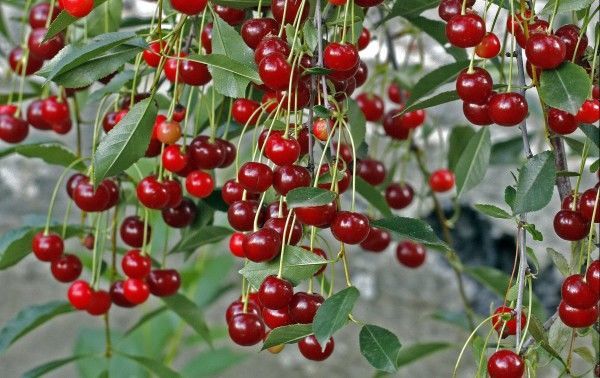
You should not plant Vita in the shade. Planting in the shade will reduce yields. It is recommended to plant in open sunny areas located on hills.
Landing
Stages of planting Vita cherries:
- Dig a hole up to 1 m deep, the width of the hole is 70-80 cm.
- Pour rotted compost, wood ash and mineral complex fertilizers to the bottom.
- Mix fertilizer with topsoil and leave for 3 weeks.
- After 3 weeks, start planting.
- Put a seedling at the bottom of the hole and carefully spread the roots so as not to damage them.
- Cover with earth and lightly tamp.
- Drive a thick stake into the center of the hole and tie a tree to it.
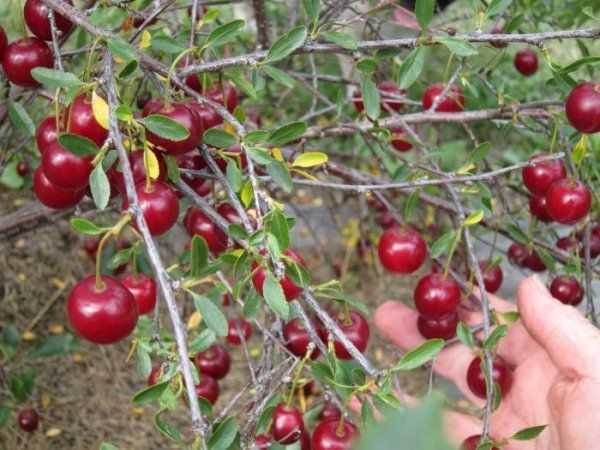
At the end of planting, pour the hole with plenty of warm water.
Care
Caring for a cherry tree is an important point on which the yield of the plant depends. Care includes the organization of watering, fertilization and a number of other activities.
Watering
Cherry is watered no more than four times per season.
Vita variety watering:
- The first watering is done before the buds swell.
- The second time the tree is watered during flowering.
- The third time was after the harvest.
- The last watering is carried out before the onset of cold weather.
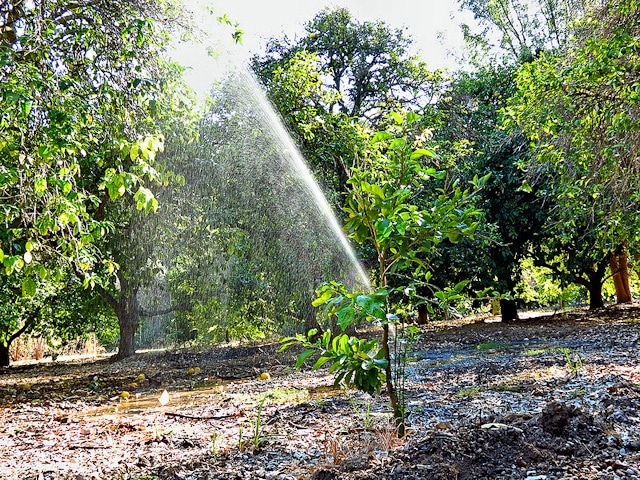
It is not recommended to fill the tree. It is also important not to overdry the soil. Watering is carried out only with warm water.
Fertilizers
Top dressing, as well as watering, is carried out no more than four times per season. The first feeding is carried out at the time of kidney formation.The cherry needs nitrogen at this stage. In the second half of the season, phosphorus and potassium are added to the soil, as well as organic fertilizers.
Nitrogen is not allowed before winter. At this time, the tree is prepared for winter and manure or peat is added to the soil.
Pros and cons of the variety
The advantages of the Vita variety include:
- High productivity.
- Annual fruiting.
- Berry flavor.
- Small size of the tree.
- Frost resistance.
- Rapid growth after planting a seedling.
There were no significant shortcomings in the variety.
Diseases and pests
The Vita hybrid, like other varieties of dwarf trees, is susceptible to fungal diseases, therefore, prophylaxis against fungi is regularly carried out. In addition, moniliosis is a common disease. Among pests on cherries, aphids and plum moth are often found.
For diseases, trees are sprayed with Bordeaux liquid or copper sulfate; fungicides are also effective. From aphids, trees are treated with soapy water and chemicals. If you plant garlic or marigold next to a tree, there will be fewer harmful insects, since they are deterred by the smell of these plants.
